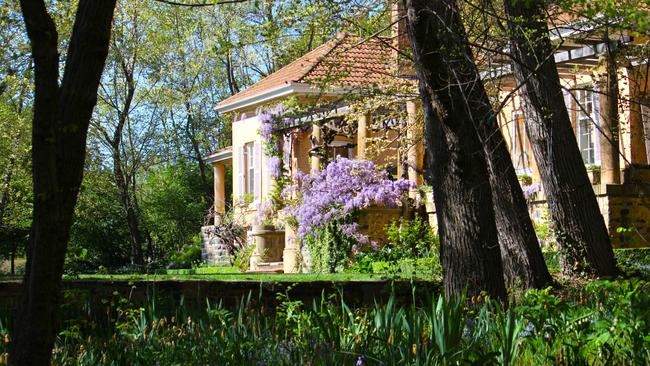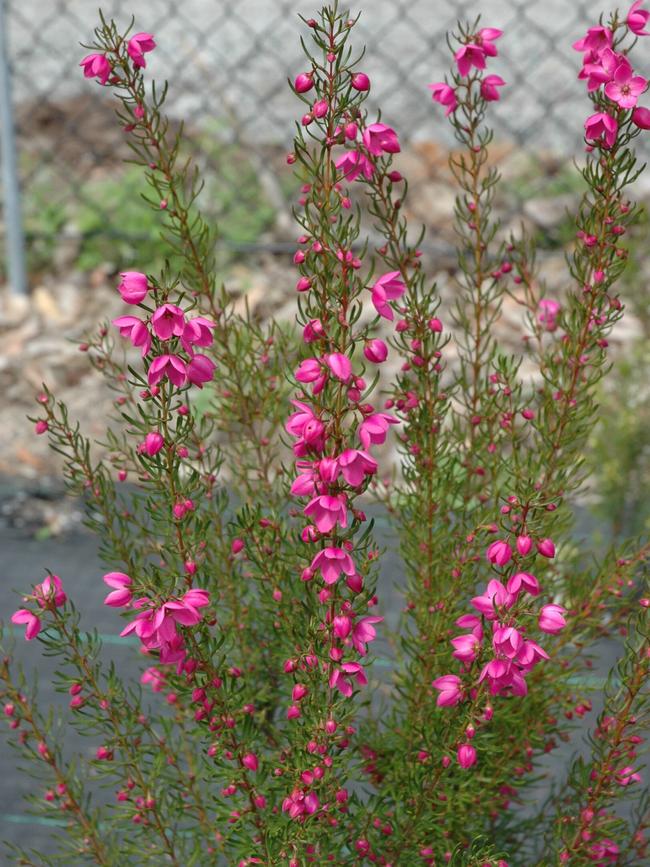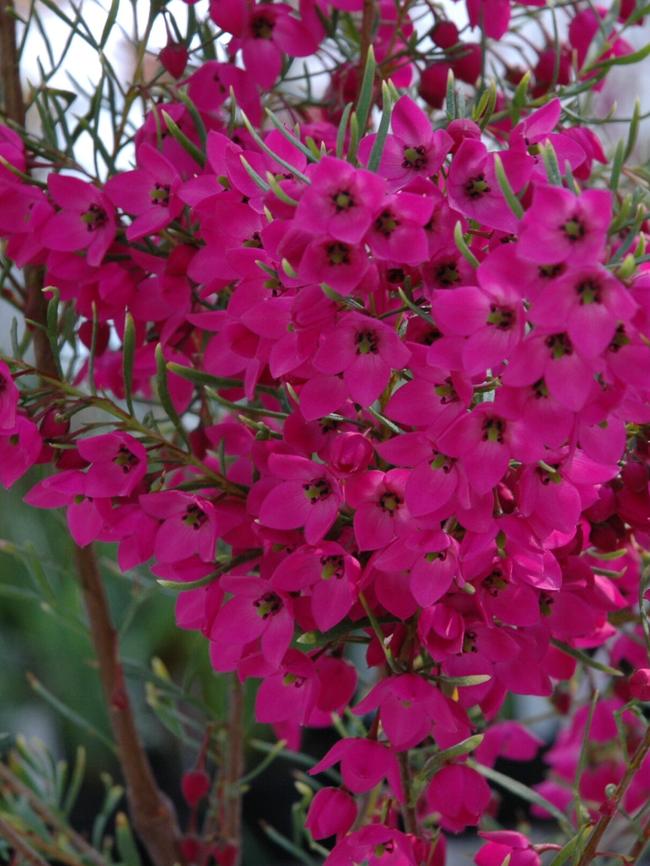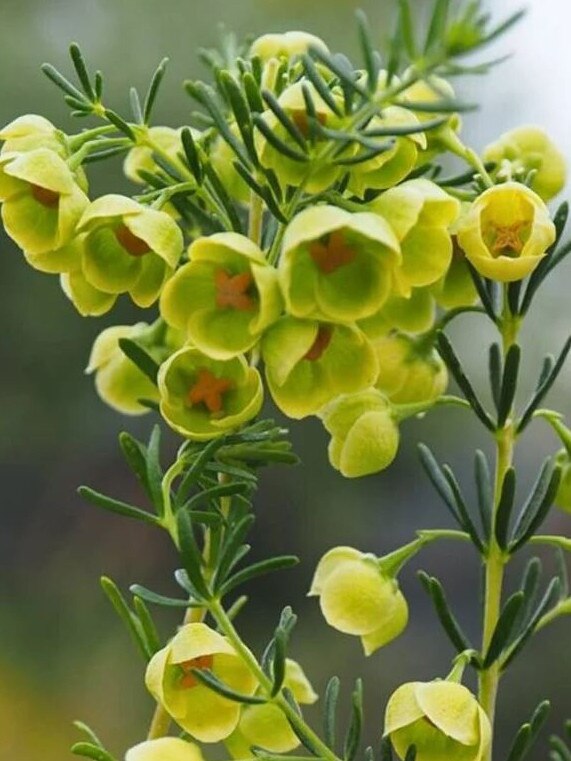Visit the foothills of the Snowy Mountains for some of Australia’s most classic gardens
It’s a rare treat to visit these tightly-held gardens and well worth making the trip to the Monaro region.

The Monaro region is a tough place to garden. In the foothills of the Snowy Mountains near the NSW town of Cooma, this naturally treeless, elevated plain endures frosts, snow and icy winds, while long dry spells are also common. Yet there are beautiful gardens within the area’s pastoral properties that surround gracious homesteads loaded with history. Some have been in the same family for six generations and they’re rarely open to the public. Hazeldean (pictured) was settled in 1865, and holds an historic elm forest in its parklike grounds. The recently renovated garden includes stone walls, courtyard gardens and masses of peonies and spring bulbs. Nearby Shirley has an extensive garden designed by Claude Crowe in the 1930s and renovated by Paul Bangay in 2006. It includes a parterre garden and spectacular lake. Celebrating its 10th year, Private Gardens of the Monaro was created to share the historic gardens of these working properties. You can pre-book a self-drive tour ($220) for November 19, 20 or 21, which includes morning and afternoon teas and guided garden tours. privategardensofmonaro.com.au
Little rippers
Boronias are small native shrubs that flower from late winter to early spring, with lovely flowers and aromatic foliage.


Two new hybrids, ‘Flamingo’ and ‘Celebration’, bred by Helix Australia and Kings Park Botanic Garden, are ideal for pots or small spaces.


Q&A
My potted anthurium has always borne strong, red flowers but currently they’re very pale. I’ve always fed it with Seasol.
Graham McConnochie, Sydney
Seasol is not a fertiliser – it’s an excellent tonic but contains almost no nutrients. You can mix it in the same watering can as a liquid fertiliser such as PowerFeed, Charlie Carp, Thrive or Miracle-Gro and apply every month. If the plant is pot-bound, re-pot it into one size larger pot now, using an airy potting mix; try blending orchid mix with cocopeat, sphagnum moss and/or perlite. Anthurium flowers fade as they age over a month or more; temperatures higher than 32C can also cause them to fade.
We planted Pittosporum ‘James Stirling’ around a triangular corner facing south and east. They became very sparse so we removed them. What can we plant instead that will grow dense and bushy in our largely shaded garden?
Joanna Kalowski, Sydney
This plant must have full sun and frequent pruning to make a dense screen; in humid areas it’s also prone to die suddenly from root rot. Some shade tolerant alternatives include Indian hawthorn (Rhaphiolepis indica), portwine magnolia (Magnolia figo) and camellias (Camellia japonica varieties), although they’re fairly slow growing. Pest-resistant lillypillies such as Acmena ‘Sublime’ are faster.
My Helichrysum ‘Red Jewel’ are so pretty but in warm weather a tiny moth lays eggs and the caterpillars reduce them to tatters. Exclusion netting means I can’t see the plants, so what else non-toxic would deter them?
Elizabeth de Burgh, Tasmania
Exclusion netting is very effective; moths generally fly at night so you could cover
plants only at night, uncovering them each morning. No products will stop moths but you can pick off any leaves with eggs or small caterpillars. Organic Dipel and Eco-Neem sprays will kill caterpillars.
Send your questions to: helenyoungtwig@gmail.com. The best question for September wins Fiskars’ large PowerGear X Bypass Lopper, worth $145; fiskars.com.au. August’s winner is Mark Warren of Perth for his questions about bees and mealybugs





To join the conversation, please log in. Don't have an account? Register
Join the conversation, you are commenting as Logout